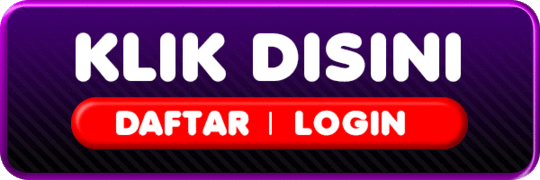1
/
of
1
BOSSWIN168
Maksimalkan Kemenangan Anda dengan Bosswin168: Melepaskan Kekuatan Bosswin168 yang Gacor Parah
Maksimalkan Kemenangan Anda dengan Bosswin168: Melepaskan Kekuatan Bosswin168 yang Gacor Parah
Regular price
Rp 20.500,00 IDR
Regular price
Sale price
Rp 20.500,00 IDR
Unit price
/
per
Couldn't load pickup availability
Bosswin168 memiliki kekuatan unik yang membedakannya dari platform lain. Kekuatan ini terletak pada algoritma permainan yang adil dan transparan, serta promosi dan bonus yang dirancang untuk meningkatkan peluang kemenangan pemain.
Share



